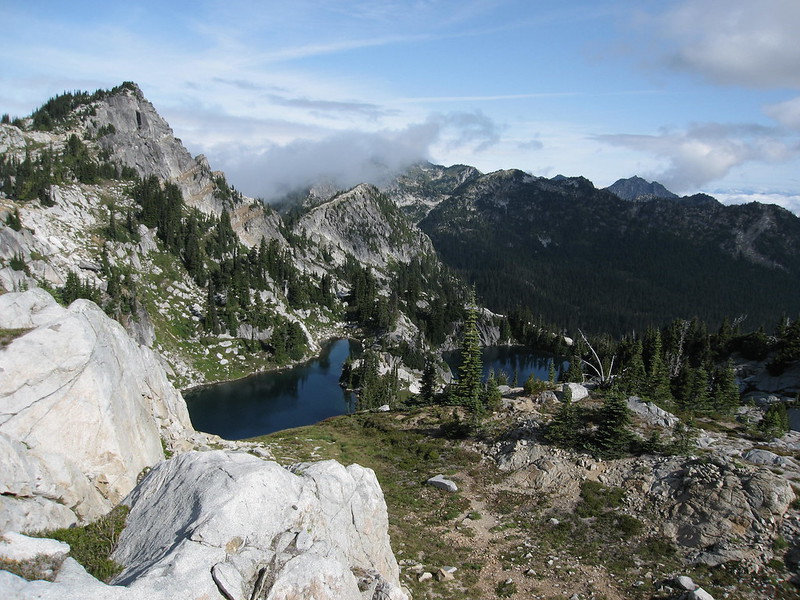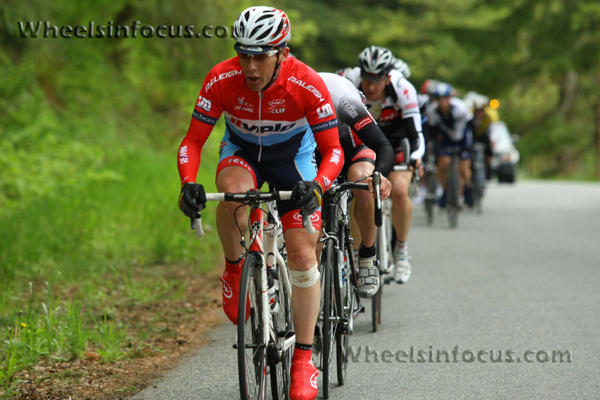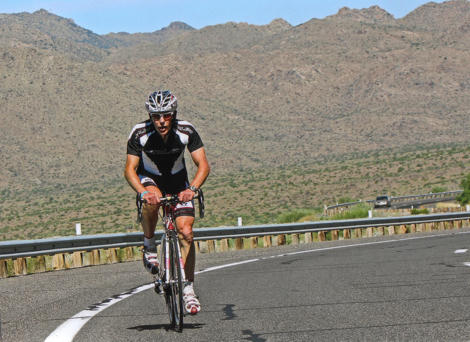Like all athletic disciplines, ultra running has its own unique vocabulary which can be off-putting at first. For starters, the term “ultra running” is a bit of a misnomer. A major misconception is that “ultra (and trail) running” involves running at all times. Yes, depending on the route, the very tip-top athletes do cover most terrain at a running pace. But, the reality is that going uphill is usually done at a “power hiking” pace, and runners who don’t have confidence going downhill in technical rocky terrain may actually move slower downhill than uphill. Running, mountaineering, hiking, and walking all fit under the “ultra running” umbrella.
Below is an ultra running vocabulary primer provided by Ras Vaughan.

An Ultra Lexicon
Fastest Known Time (FKT) is the metric used identify the fastest person to travel trail or off-trail routes that are unlikely to ever have an official timed race. FKTs (and OKTs) have become possible as a result of advances in geolocation technologies. FKT objectives could be a point-to-point like the John Muir Trail, a loop like the Wonderland Trail, or a mountaineering ascent like Everest.
Fastpacking is a blend of trail running and ultralight minimalist backpacking. Generally fastpacking involves carrying enough gear to sleep out for a couple nights while carrying as little as possible, so as to be able to cover more mileage in a day. Fastpacking generally entails moving as one would in a Mountain Ultra Trail race: running or jogging flats and downhills, and hiking the climbs.
Only Known Time (OKT) is a term coined by Tim Mathis to describe establishing the inaugural Fastest Known Time on either a new route or a new iteration of a classic route. Ras likes to say that an Only Known Time is the Schroedinger’s Cat of the FKT scene: it exists simultaneously as both the Fastest AND Slowest Known Time for a route until a second person completes it and the dual possibilities resolve into a single reality.
Thru-hiking means completing a trail from end to end in a single effort. Most people are familiar with this term in relation to the Big Three long trails (aka “the Triple Crown” of long-distance hiking), but it can be applied to shorter trails as well.
Trail Magic is any kinds of supply from water along dry stretches, to food, soda pop and beer set out along the trail for thru-hikers. People who provide Trail Magic and other unexpected forms of hospitality for thru-hikers are referred to as Trail Angels.
Ultraneering is a term coined by Gavin Woody to describe projects that combine both ultra distance foot travel and mountaineering, such as technical climbing or glacial travel.
UltraPedestrian is a term Ras and Kathy Vaughan coined in an attempt to more accurately describe the means by which they cover ultra distances than does the term ultrarunning. Especially on challenging and technical routes, and those with lots of elevation gain and loss, there can be as much hiking as running done in an ultramarathon or on an ultra distance route. The term UltraPedestrian describes using any means necessary to cover ultra distances on foot in an efficient, enjoyable and sustainable manner.
“But there’s a second meaning which is as apt as the first, and some of the logophiles reading this may have already figured it out. By interpreting UltraPedestrian literally as the two words of which it is comprised it could also be taken to mean “Exceedingly Commonplace”; ultra meaning extreme and pedestrian meaning ordinary or lowbrow. This second meaning resonates with us as well as the first, since we do not consider ourselves to be exceptionally gifted athletes, or extraordinarily talented. We think of ourselves as just ordinary people who have learned how to access some of the hidden reserves of strength that are within all Human Beings. This is what enables mothers to lift cars off their children, and captives to survive brutal forced marches with virtually no supplies. To us, UltraPedestrian is about the amazing and extraordinary things of which average Human Beings are capable.”
Ultra running is any distance longer than a standard marathon (26.2 miles or 42.2 kilometers). The shortest standard ultramarathon distance is 50k (31 miles), but technically a 27 mile run would qualify as ultra distance.
Yo-yoing a trail means traveling a route from one end to the other and then back again, thus completing the trail twice in a single push, once in each direction, like a yo-yo running out to the end of its string then returning to your hand. For example, a popular yo-yo objective is doing the 48+ mile Grand Canyon Rim to Rim to Rim (R2R2R).
“Yo-yo” is also used in backcountry skiing when skiers do repeated runs on a particular slope, which enables them to take advantage of an established uptrack. Making a new uptrack on a slope with powder snow requires a strenuous effort to set up; once it’s been put in place by one or more skiers subsequent ascents up the slope are much easier.
Supported means that you have pre-planned outside assistance. This can range from a fairly minimal amount of help, such as a friend meeting you at a couple of designated points with supplies, to substantial support, such as pacers who carry gear and supplies for you. This is sometimes referred to as ultrarunning style.
Self-Supported means you place or mail ahead resupply drops for yourself, pick up gear when you need it, and drop off unneeded gear and trash whenever possible. This can include ordering gear and/or supplies off the internet and having them delivered to resupply points. Trail magic is not considered to violate the self-supported ethic, as it is not pre-planned and is not reliable. This is sometimes referred to as thru-hiker style.
Unsupported means carrying all of your gear, food from beginning to end, not picking up any gear or supplies along the way, carrying all of your gear and trash to the very end, and only getting water from natural sources. According to the strictest definition, Trail Magic and foraging would violate the purest unsupported ethic. This is generally inspired by the Alpine ethic in mountaineering, or Good Style. This article Ras wrote for Trailrunner Magazine online delves into the pitfalls and temptations of projects attempted according to a strict Unsupported ethic.
Feet On The Ground is a finer distinction within the Self-supported, thru-hiker ethic. It’s common for thru-hikers to hitchhike into resupply towns from the trail, or arrange rides by phone, to pick up their resupply packages. According the the Feet On The Ground ethic, all of that off trail mileage would be hiked as well.




